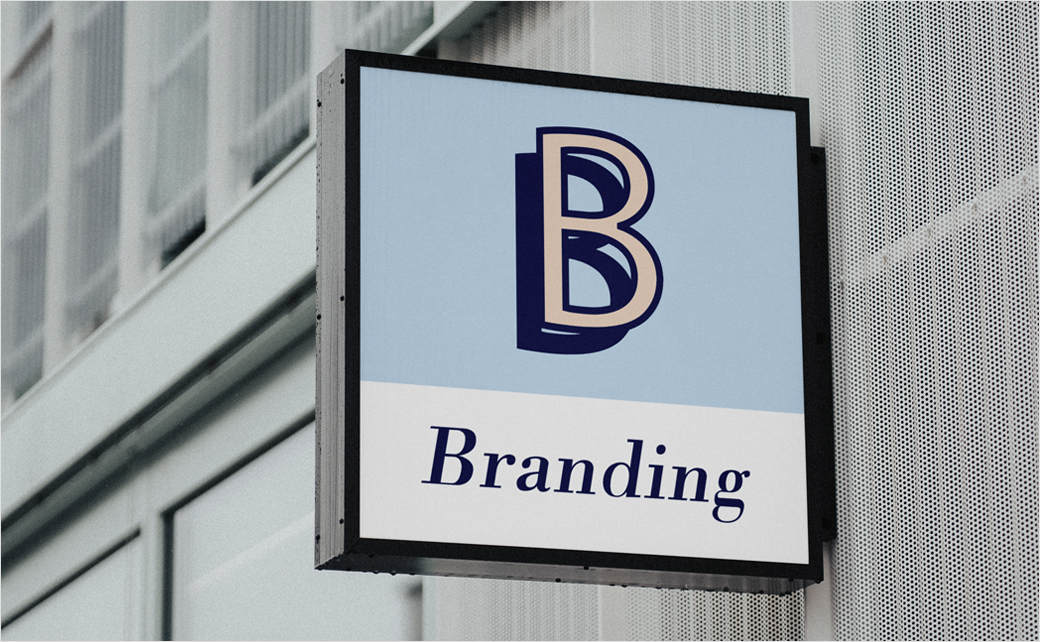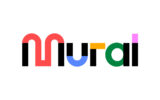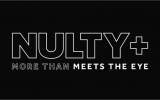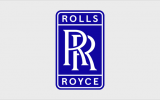How Visual Branding Translates from Digital to Physical Spaces
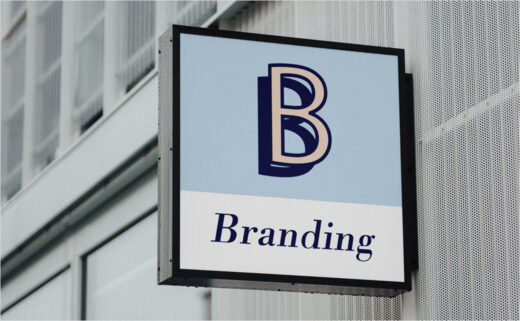
In a digital age your brand lives on screens first, but customers will tend to judge it in lobbies, storefronts, trade-show aisles, sidewalks, and stadium concourses. Translating a digital system into the physical world isn’t a copy-paste job; light, distance, materials, and motion all reshape how colours, type, and shapes are perceived. Get the bridge right, and your physical spaces feel like the same confident brand people know online – only more tangible and memorable.
Materials, Light, and Weather
The physical world adds variables you never face on a laptop: rain, UV, heat, cold, and wind. The same logo rendered in paint, etched metal, or LED channel letters will reflect light differently and age at different rates. Plan material systems the way you plan component libraries. For exterior applications – facades, pylons, A-frames, banners – spec durable substrates and finishes first, then match colour using production-accurate swatches rather than RGB/HEX values. If you’re evaluating formats, browse options for outdoor signage to get a sense of visibility, mounting, and longevity considerations across environments, from parking lots to street-level retail.
Lighting deserves its own call-out. Backlit or halo-lit marks can solve nighttime readability but will alter perceived colour. Test signage at the intended brightness and colour temperature, then approve from the viewing distance that matters. For interior spaces, map how natural light shifts throughout the day; a lobby that’s crisp at 10 a.m. can turn reflective at 4 p.m. Small physical prototypes – a single panel mounted where the final sign will live – often reveal issues that a 3D rendering misses.
Colour and Contrast: From Pixels to Paint
Colour that sings on a backlit display can go muddy on fibreglass, vinyl, or brick. Start by pressure-testing your palette for contrast, because physical readability relies on the same perceptual rules as the web – only with fewer guarantees about lighting. WCAG 2.x sets a reliable floor: aim for at least a 4.5:1 contrast ratio for regular text and 3:1 for large type and key UI elements. Those thresholds were chosen to account for common age-related changes in vision and are a practical baseline when you’re spec-ing murals, window graphics, and directional signs. Treat 7:1 as your “harsh sun and glare” safety margin when possible.
In real environments, glare and reflections are the enemy. That’s why accessibility standards for facilities emphasise non-glare finishes and strong contrast on permanent room and wayfinding signs. If your brand colours are low-contrast by design, use an approved “utility” palette – high-contrast tints and neutrals reserved for signage, safety, and compliance graphics – so you preserve brand character without sacrificing legibility.
Typography and Legibility at Distance
Web type thrives at arm’s length; physical type must work across the room – or across the street. When you translate your digital styles, recalibrate for viewing distance and angle. Increase x-height, loosen tracking, and avoid ultra-light weights that disappear on textured surfaces or in low light. For permanent identification signs, physical accessibility rules go beyond aesthetics: raised characters, Grade 2 braille, adequate contrast, and non-glare finishes are defined requirements in many jurisdictions. Build those constraints into your brand’s typography page so designers don’t treat compliance as an afterthought during fabrication.
Wayfinding Consistency: Making Brand Feel “Native” to Place
Consistency doesn’t mean uniformity; it means customers always recognise they’re in your world, even as contexts change. The principle from omnichannel UX applies neatly in space: align visual cues across touchpoints so people spend less effort re-learning your language and more time doing what they came to do. Carry over patterns like colour roles (primary = ID, accent = directional), iconography, tone of voice, and motion cues so the experience is seamless from website to wall. This isn’t just aesthetic; cross-channel consistency improves comprehension and strengthens brand memory. Document “physical variants” of your digital components – e.g., a “section header” becomes a corridor banner, a “CTA button” becomes a floor decal – with usage rules and examples.
Wayfinding also sits at the intersection of brand and public accommodation. The ADA Standards for Accessible Design set minimums for physical accessibility – scope, placement, and tactile requirements –which means your brand system must flex to meet them. Treat compliance artwork as first-class. Build templates for room IDs, exits, elevators, restrooms, and refuge areas that are unmistakably “you” while meeting the technical specs your architects and fabricators will require.
Prototyping and Measurement: Approve What People Will See
On the web you A/B test; in physical space you A/Place test. Before you roll out a campus-wide package or retrofit a fleet of stores, validate in context:
- Print full-scale mockups and tape them where signs will be installed; review from real approach paths.
- Test legibility at the worst expected conditions: backlit windows, rainy sidewalks, midday glare.
- Time how long it takes first-time visitors to find key destinations; note where they hesitate or backtrack.
- Verify colour under the lighting that will exist after build-out – not the lighting in your studio.
Wrap Up
Finally, close the loop. Track outcomes like dwell time, misdirection incidents, customer satisfaction, and maintenance calls. If your matte black elevator IDs show fingerprints by week two, or your accent yellow vanishes at dusk, feed that data back into the system and refresh the standards. A digital brand evolves through analytics; a physical brand evolves through observation.
Bridging digital and physical is less about decoration and more about translation. Respect how humans actually perceive colour and type at scale, honour the constraints of materials and light, follow accessibility standards that make spaces usable for everyone, and bring the same system thinking you apply to design systems online. When you do, your spaces won’t just display your brand; they’ll express it – clearly, reliably, and memorably – where it matters most: in the real world.


